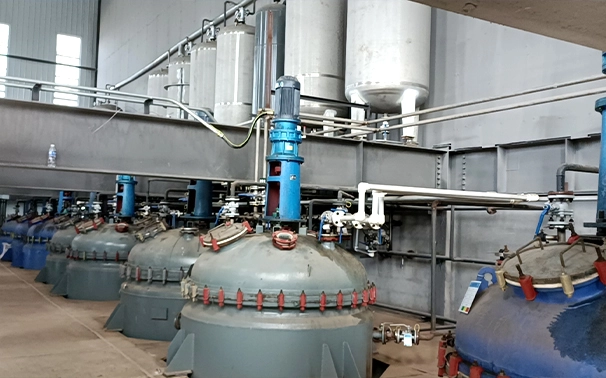chemical coagulation and flocculation water treatment
Chemical Coagulation and Flocculation in Water Treatment
Water is essential for life, yet access to clean and safe water remains a challenge in many parts of the world. Traditional treatment methods, while effective, may not always suffice to ensure that water quality meets health standards. Among the various techniques employed in water treatment, chemical coagulation and flocculation stand out as essential processes for removing suspended particles, bacteria, and other impurities from water sources.
Understanding Coagulation and Flocculation
Coagulation and flocculation are closely related processes aimed at aggregating and removing particles from water. Coagulation is the initial phase where chemical coagulants are added to water to destabilize the colloidal particles that are normally suspended in a stable state. Common coagulants include aluminum sulfate (alum), ferric chloride, and polyaluminum chloride. These chemicals work by neutralizing the charge of the suspended particles, allowing them to clump together.
Once coagulation has occurred, the next step is flocculation. This process involves gently mixing the water to encourage the agglomeration of the destabilized particles into larger clusters known as flocs. Flocs are more easily removed from the water, typically through sedimentation, filtration, or flotation processes. The successful elimination of these particles is crucial for achieving high-quality treated water.
The Importance of Coagulation and Flocculation
Chemical coagulation and flocculation are vital for several reasons
1. Removal of Suspended Solids Many water sources contain turbidity from organic matter, sediments, or microorganisms. Coagulation and flocculation efficiently reduce this turbidity, making the water clearer and aesthetically pleasing.
2. Pathogen Reduction Coagulants can trap bacteria and protozoa in the floc structure, facilitating their removal from the water. This step significantly reduces the risk of waterborne diseases, contributing to public health.
3. Reduction of Dissolved Organic Matter High concentrations of dissolved organic carbon can lead to the formation of disinfection by-products during subsequent chlorination in water treatment. Coagulation can help in reducing the level of these organics.
chemical coagulation and flocculation water treatment

4. Enhanced Filtration By aggregating fine particles into larger flocs, the effectiveness of downstream filtration processes is improved, ensuring cleaner effluent.
Factors Affecting Coagulation and Flocculation
The effectiveness of coagulation and flocculation depends on several factors
- Type and Dosage of Coagulant Different water sources may require different types and quantities of coagulants to achieve optimal results. The appropriate dosage must be determined through jar tests during the design and operation of a treatment facility.
- pH Level The pH of water significantly affects the coagulation process. Most coagulants function best within a specific pH range, and operators may need to adjust the pH to maximize efficiency.
- Temperature Water temperature can influence the kinetics of coagulation and flocculation processes. Higher temperatures generally enhance the reaction rates, although they may also promote the growth of microorganisms.
Emerging Trends and Innovations
With increasing awareness of environmental sustainability and the impacts of chemical use, there has been a push towards exploring alternatives to traditional coagulants. Natural coagulants derived from plants, such as Moringa oleifera seeds, have gained attention for their effectiveness and lower environmental impact. Innovations in automation and real-time monitoring systems also hold promise for optimizing coagulation and flocculation in water treatment facilities.
Conclusion
Chemical coagulation and flocculation remain cornerstone methods in the water treatment process. They contribute significantly to removing impurities and ensuring safe drinking water. As technology progresses and environmental concerns grow, the field will continue to evolve, seeking more sustainable and efficient practices. Ultimately, these processes are integral to achieving the goal of providing clean water and safeguarding public health worldwide.
-
Dodecyldimethylbenzylammonium Chloride: High-Purity DisinfectantNewsAug.30,2025
-
2-Phosphonobutane-1,2,4-Tricarboxylic Acid: Scale & CorrosionNewsAug.29,2025
-
Premium Isothiazolinones | Broad-Spectrum Biocidal SolutionsNewsAug.28,2025
-
LK-319 Special Scale And Corrosion Inhibitor For Steel Plants: Advanced Solutions for Industrial Water SystemsNewsAug.22,2025
-
Flocculant Water Treatment: Essential Chemical Solutions for Purification ProcessesNewsAug.22,2025
-
Isothiazolinones: Versatile Microbial Control Agents for Industrial and Consumer ApplicationsNewsAug.22,2025





